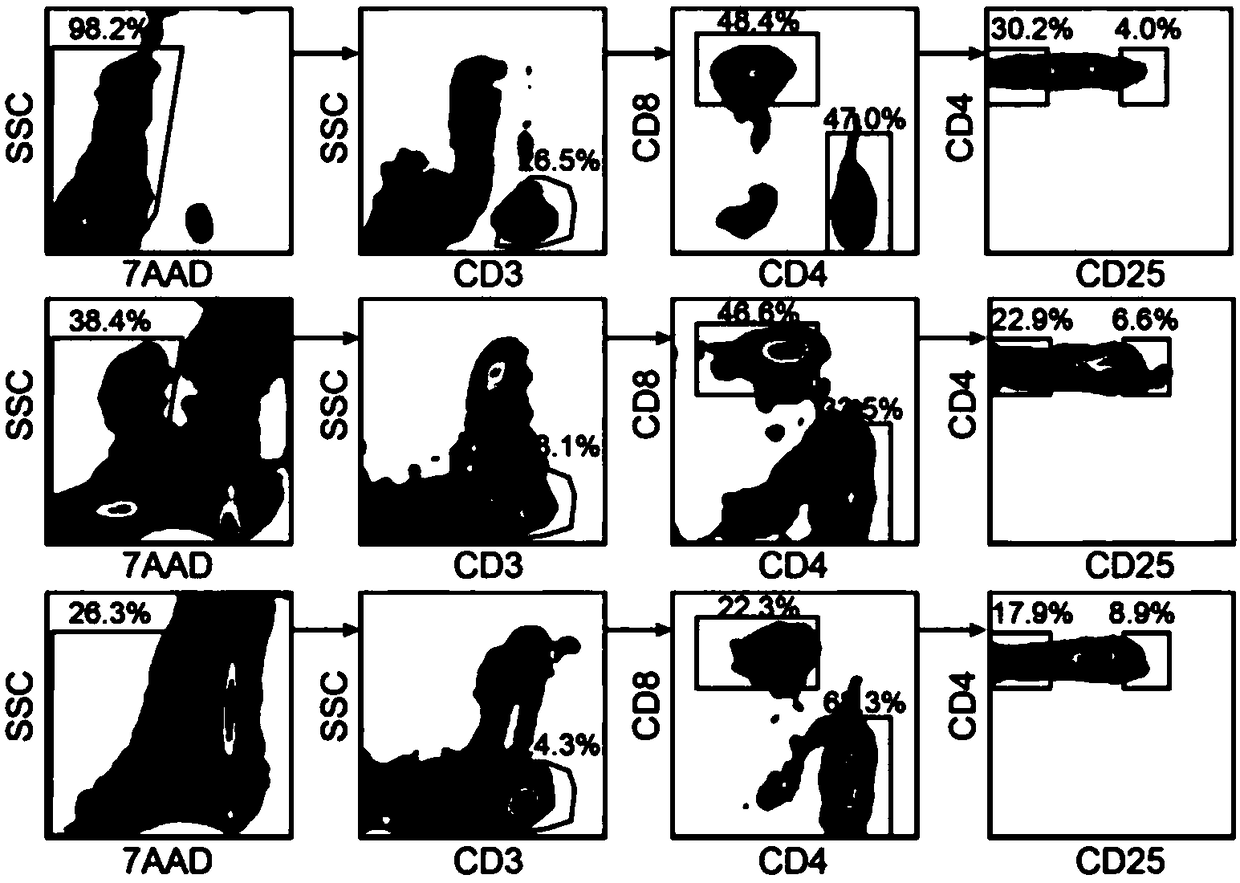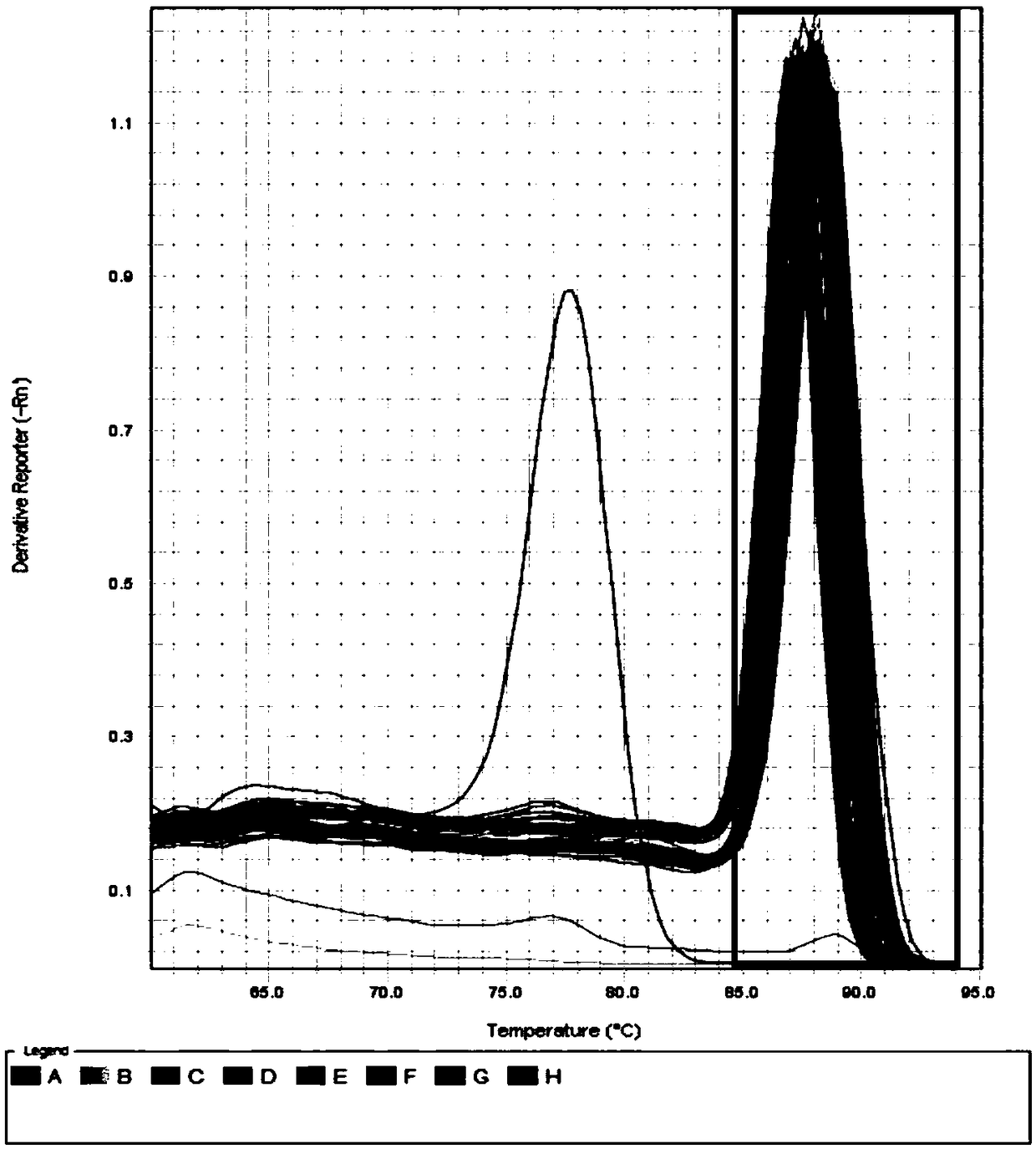T-cell subset for cancers and characteristic genes
A cell subgroup and gene technology, applied in animal cells, genetic engineering, plant genetic improvement, etc., can solve problems such as categories, differentiation, and inhibited pathways that are not fully understood.
- Summary
- Abstract
- Description
- Claims
- Application Information
AI Technical Summary
Problems solved by technology
Method used
Image
Examples
Embodiment 1
[0164] Example 1 Acquisition of single-cell transcriptome data of T cells
[0165] 1. Clinical sample collection
[0166] From August 2014 to June 2015, surgical tissues and peripheral blood were collected from patients at Peking University People's Hospital and Beijing Shijitan Hospital, including cancer tissues (3-5 mm in diameter) and adjacent normal tissues, and peripheral blood ( 3ml). There were 5 patients with hepatocellular carcinoma who did not receive preoperative adjuvant radiotherapy or chemotherapy. This study complied with the medical ethics standards of the Declaration of Helsinki and was approved by the Medical Ethics Committee of Peking University.
[0167] Blood samples were collected in EDTA anticoagulant tubes and temporarily stored on ice before surgery; cancer tissue and adjacent normal tissue samples were collected during the operation, and necrotic tissue was removed from the cancer tissue; adjacent normal tissue was normal tissue at least 5cm away fr...
Embodiment 2
[0222] Embodiment 2 biological information analysis
[0223] 1. Data comparison and quality control
[0224] For the reads (reads) obtained from the sequencer, the low-quality parts are first removed, and the retention criteria are as follows: ① unknown bases cannot exceed 10% of the total sequence of a given read, ② bases with a quality value lower than 5 cannot More than 50%, ③ cannot contain linker sequences. Alignment was done using GSNAP software. When calculating gene expression, the reference gene set used is from UCSC's "knownGene.txt", and the R language package "findOverlaps" is used to count the attribution of reads on the gene, and the TPM value is used to calibrate the expression of each gene in each cell amount, the formula used is:
[0225] where C ij Expressed as the number of reads for gene i in cell j.
[0226] T cells with low data volume and data quality need to be filtered out. Keep cells that meet the following criteria: ① CD3D TPM is greater than...
PUM
 Login to View More
Login to View More Abstract
Description
Claims
Application Information
 Login to View More
Login to View More - R&D
- Intellectual Property
- Life Sciences
- Materials
- Tech Scout
- Unparalleled Data Quality
- Higher Quality Content
- 60% Fewer Hallucinations
Browse by: Latest US Patents, China's latest patents, Technical Efficacy Thesaurus, Application Domain, Technology Topic, Popular Technical Reports.
© 2025 PatSnap. All rights reserved.Legal|Privacy policy|Modern Slavery Act Transparency Statement|Sitemap|About US| Contact US: help@patsnap.com



